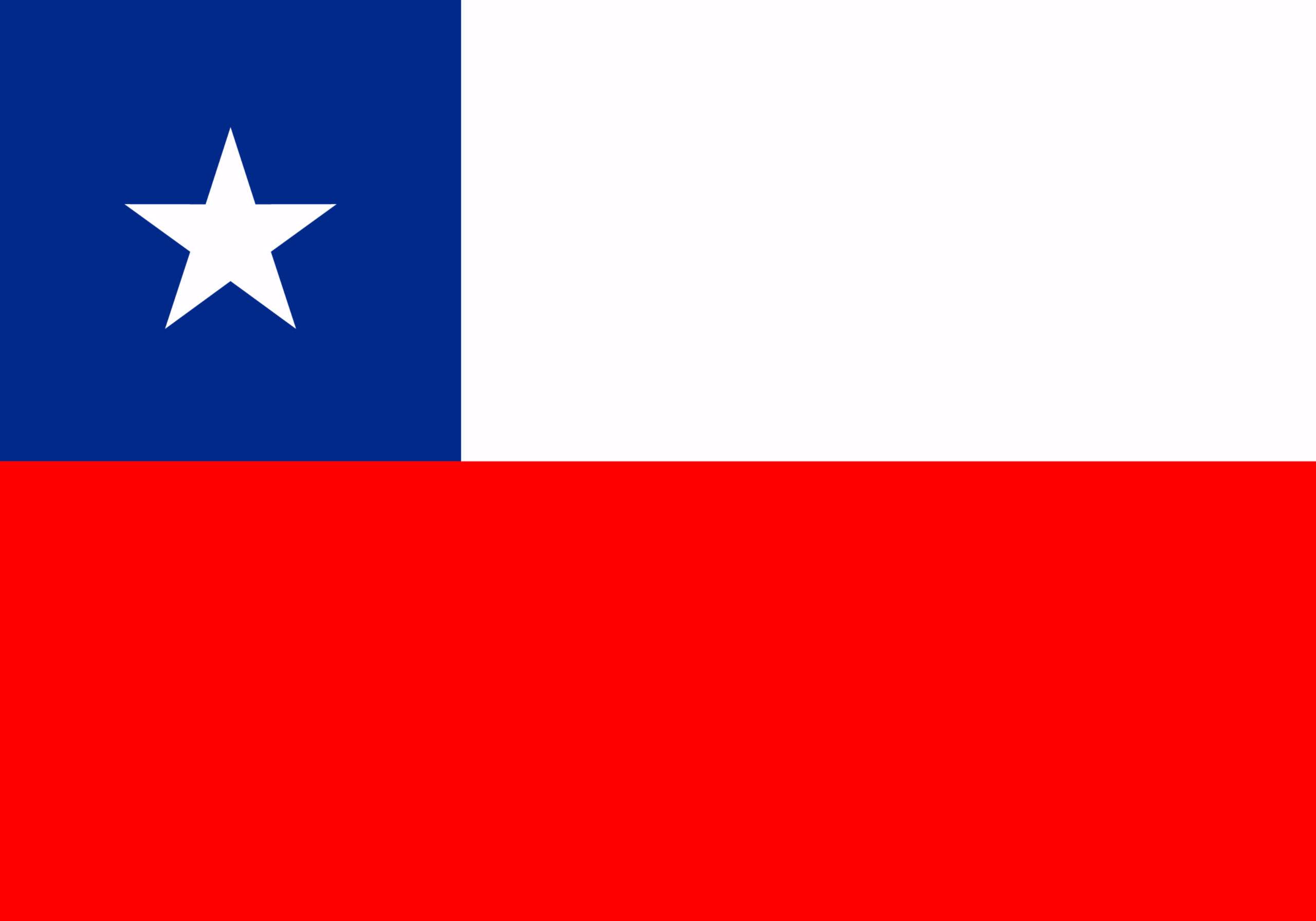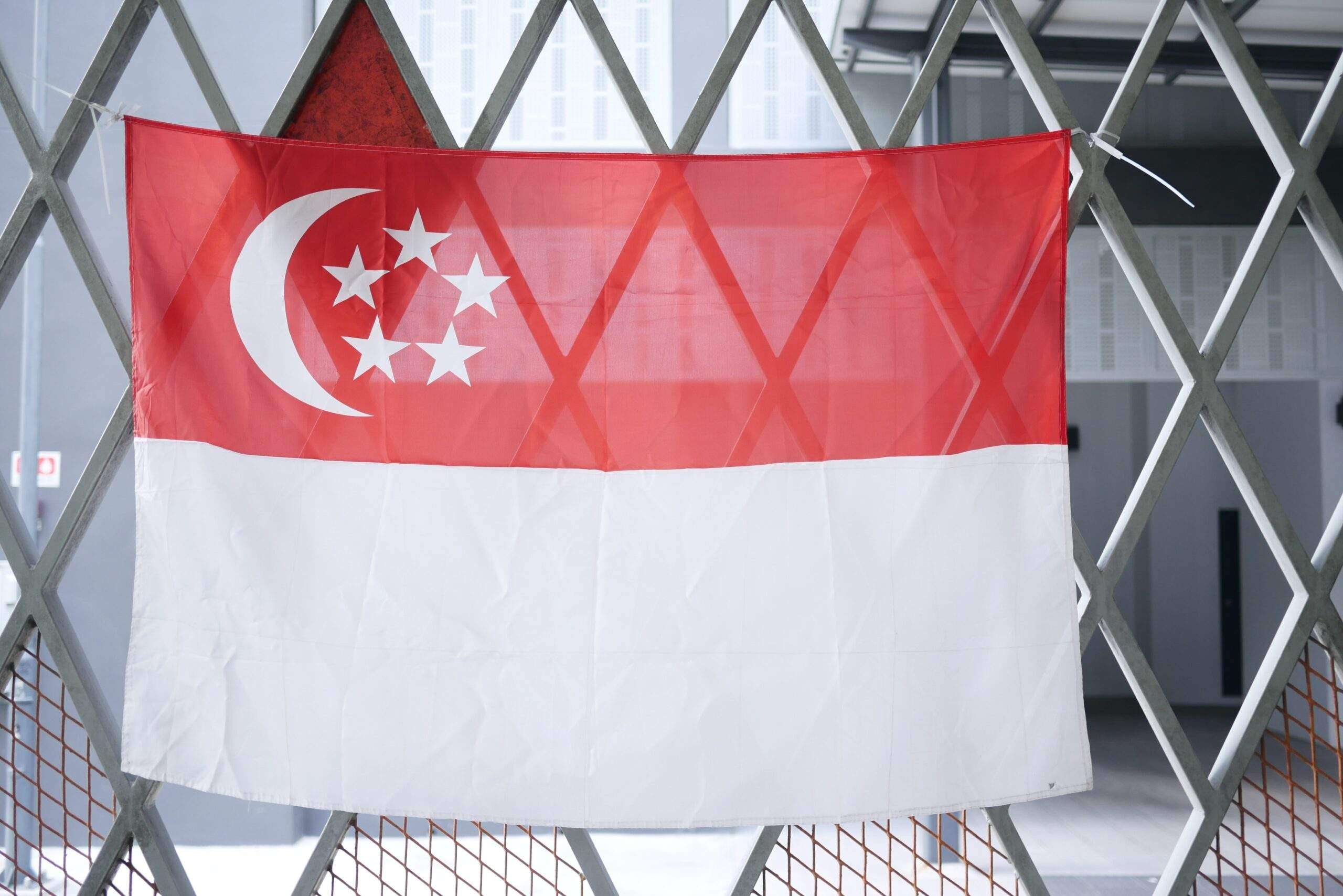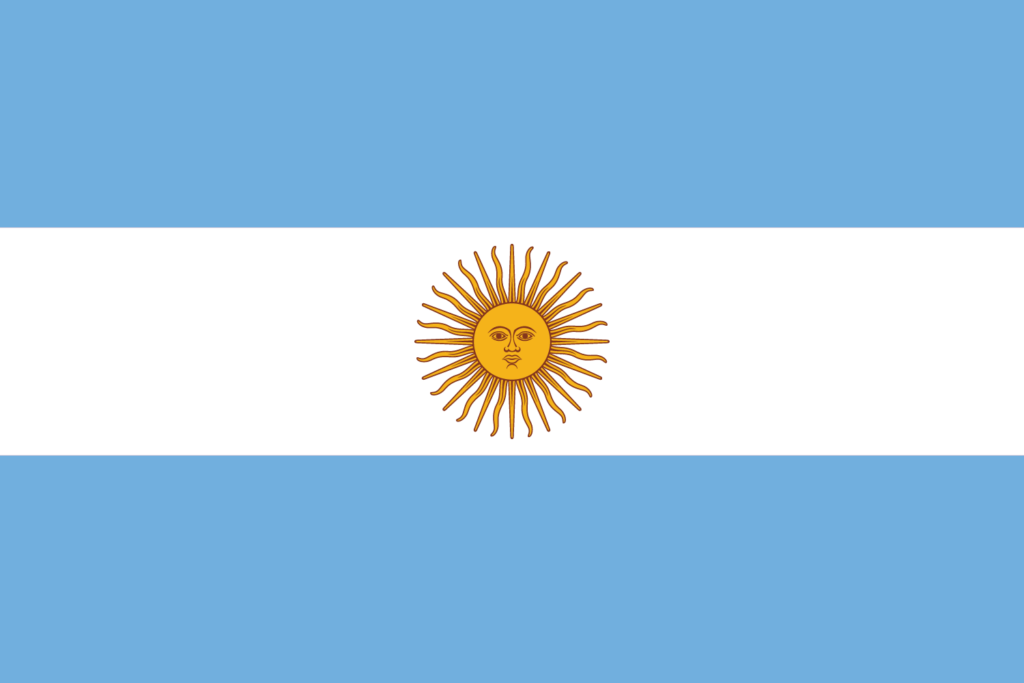
Chile, officially known as the Republic of Chile, is a country located in the western region of South America. It is the southernmost country on earth and is closest to Antarctica. The country is situated on a long and narrow strip of land between the Andes mountains to the east and the Pacific Ocean to the west.
Santiago is the country’s capital which is also the largest city of Chile. Chile shares land borders with Peru in the north, Bolivia in the northeast, Argentina in the east, and the Drake Passage in the far south. Chile also has control over some Pacific islands such as Juan Fernández, Isla Salas y Gómez, Desventuradas, and Easter Island which are located in Oceania.
The flag of Chile is steeped in meaning and symbolism, reflecting the country’s history and cultural identity. The colours of the flag are said to represent the different aspects of Chile’s history and geography.
Colours
- The flag consists of two horizontal stripes of the same size, one white at the top and one red.
- In the top-left corner of the white stripe is a blue square of the same height as the white stripe.
- Inside the square, there is a white five-pointed star in the center.
- According to protocol, the flag can be displayed either horizontally or vertically, but the location of the star must always be in the top-left corner.
Important
| It’s worth noting that the design of The Flag Of Chile is similar to that of the Flag Of Texas. |
Symbol And Meaning
The Chilean flag was created during a time of conflict with Spain. It was originally used as a symbol of national pride and resistance against oppression. Once the Spanish were defeated, the flag was no longer needed for this purpose.
- The Chilean flag is a symbol of the country’s great respect for its soldiers, as well as the sacrifices they made during the fight for independence.
- The predominant color on the flag is red, which represents the blood that was spilled during this struggle.
- The star on the upper left corner of the blue square on the flag represents the freedom and independence of Chile.
- The blue color represents the sky and the Pacific Ocean, which surrounds Chile from north to south.
Overall, the flag carries a lot of meaning and significance, a symbol of the bravery and sacrifices of Chileans in achieving independence and freedom.
The Shape Of The Flag
The national flag of a country consists of two horizontal stripes, the top one being white and the bottom one being red. On the upper left corner of the flag, there is a dark blue square with a large white star. The flag has a proportion of 2 units in width for every 3 units in length.
Amazing Facts About The Flag Of Chile
The current national flag of Chile, adopted in 1817, bears resemblance to a flag used by the indigenous Mapuche people as described in the epic poem “La Araucana” by the 16th-century soldier-poet Alonso de Ercilla.
| Adopted | The Republic of Chile |
| Proportion | 2:3 |
| What is the flag called | “The Chilean flag is named ‘La Estrella Solitaria’ which means ‘the lone star’.” |
| Design | A horizontal two-colored flag in white and red with a blue square in the upper left corner containing a white five-pointed star |
| A flag that closely resembles the Flag Of Chile | Flag of Texas |
| Inspiration of colour of the Flag of Chile | The design of the flag of Chile takes its inspiration from the flag used by Mapuche soldiers during the Arauco war |
History Of Chile’s Flag
The initial flag used in Chile was that of the Mapuche tribe, used during war times. It was a plain blue flag with a white eight-pointed star, known as guñelve, in the center. During this time, the invading Spanish army in Chile used a flag that was a burgundy colour with a cross on it.
In 1785, when the Spanish gained control of Chile, the country adopted the Spanish national flag which featured horizontal red-yellow-red stripes and the Spanish coat of arms on the left side of the center.
In 1812, when Chile gained independence, the “Patria Vieja” flag was adopted. This was a simple horizontal tricolour of blue, white, and yellow, and the English translation of “Patria Vieja” is “our fatherland.” An alternative version of the Patria Vieja flag was also selected, which reversed the white and blue bands and included the Chilean shield and Cross of Santiago in the top left corner.
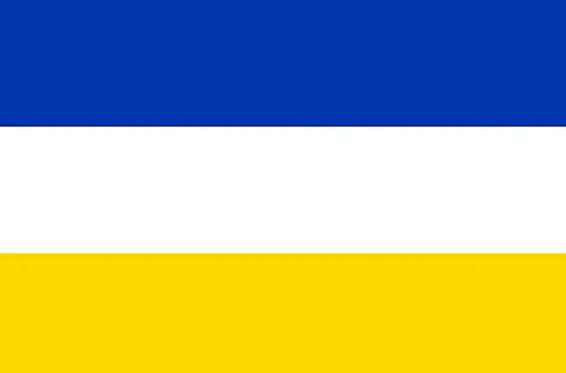
Image Source: World Atlas
In 1814, during military campaigns in Chile, the Army of the Andes flew a white and blue bicolor flag with the coat of arms of Argentina in the center. In 1817, the national flag of Chile was again changed to a blue-white-red horizontal tricolor. And in 1918, a new tricolor was proposed, with the blue and white bands reversed and a white five-pointed star in the center.

Image Source: iStock
In 1818, the flag was once more changed to a white and red horizontal bicolor with the coat of arms in the center, and a blue square with a white five-pointed cross in the left corner. The coat of arms was removed in 1934, and this version of the flag is still flown today.
Chile’s National Flag Day
In Chile, it is mandatory by federal law for individuals to display the national flag in their homes and workplaces on holidays. During the Fiestas Patrias, which takes place on September 18th and 19th, one can find a lot of Chile-related decorations as it marks the country’s independence day.
Any mistreatment or abuse of the flag is considered a severe offense. Additionally, on July 10th every year, military bases across the nation recite an oath to the Chilean flag as a tribute to the 77 soldiers who passed away in the Battle of Concepción (in 1882 during the Pacific War).
Fast Facts about Chile
| Official Name | The Republic Of Chile |
| Form Of Government | Unitary Presidential Republic |
| Capital | Santiago |
| Nation Anthem | Himno Nacional de Chile |
| Official Language | Spanish |
| Largest City | Santiago |
| Currency | Chilean peso (CLP) |
| Area | 1,073,364 square miles (2,780,400 square kilometers) |
| National Sport | Chilean rodeo |
| Date Format | dd/mm/yyyy |
| Driving Side | Right |
| National Flag Day | 9th July |
Chile is a country located along the western coast of South America, it stretches for approximately 2,700 miles from its border with Peru at 17°30′ S latitude to the southernmost point of the continent, Cape Horn at 56° S, which is just 400 miles north of Antarctica.
The country is long and narrow, with an average width of only 110 miles, reaching its widest point of 217 miles at the latitude of Antofagasta and its narrowest point of 9.6 miles near Puerto Natales. Chile is bordered to the north by Peru and Bolivia, to the east by Argentina, and the west by the Pacific Ocean.
Chile also has jurisdiction over Easter Island, Juan Fernández Archipelago, Sala y Gómez, San Félix, and San Ambrosio, all in the South Pacific, and also claims a 200-mile offshore limit. The capital of Chile is Santiago.
Culture Of Chile
The culture of Chile is a reflection of the country’s population and its geographical isolation from the rest of South America. From the colonial period till now, the Chilean culture is a blend of Spanish colonial influence, indigenous culture (predominantly Mapuche), and contributions from other immigrant cultures.
Central Chile’s Huasos and their traditional music and dance play a crucial role in Chilean folk culture. While the folk traditions of Central Chile are central to Chilean cultural and national identity, Chile is both geographically and culturally diverse, with distinct folk music and dance in the North and South. It is due to the presence of different indigenous peoples and immigrant groups in those regions.
Additionally, some regions of Chile have a significant indigenous heritage, such as the Araucanía Region, Easter Island, and Arica y Parinacota Region, while others have minimal indigenous populations, and a few regions have notable non-Spanish European immigrant heritage.
The Economy And Government Of Chile
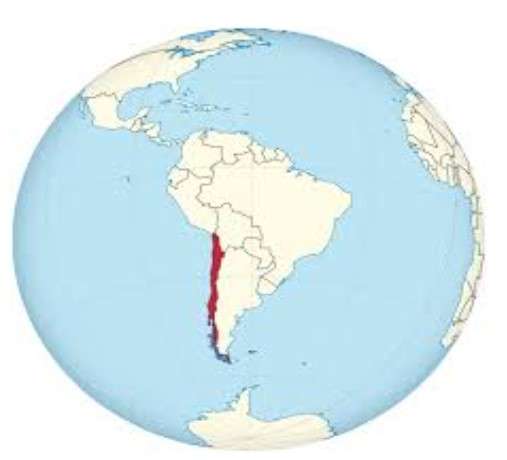
Image Source: Stock.adobe
Chile has a representative democratic republic form of government, where the President of Chile holds both the position of head of state and head of government, and operates within a multi-party system. The President, assisted by their cabinet, holds executive power, while legislative power is shared by the government and the National Congress, which is composed of two chambers.
The judiciary operates separately from both the executive and legislative branches and is not subject to their influence or control.
In the 2022 Index, Chile’s economy has been ranked as the 20th freest, with an economic freedom score of 74.4. Chile’s economy experienced a significant downturn in 2020 but has since recovered in 2021.
By: Richa Singh
